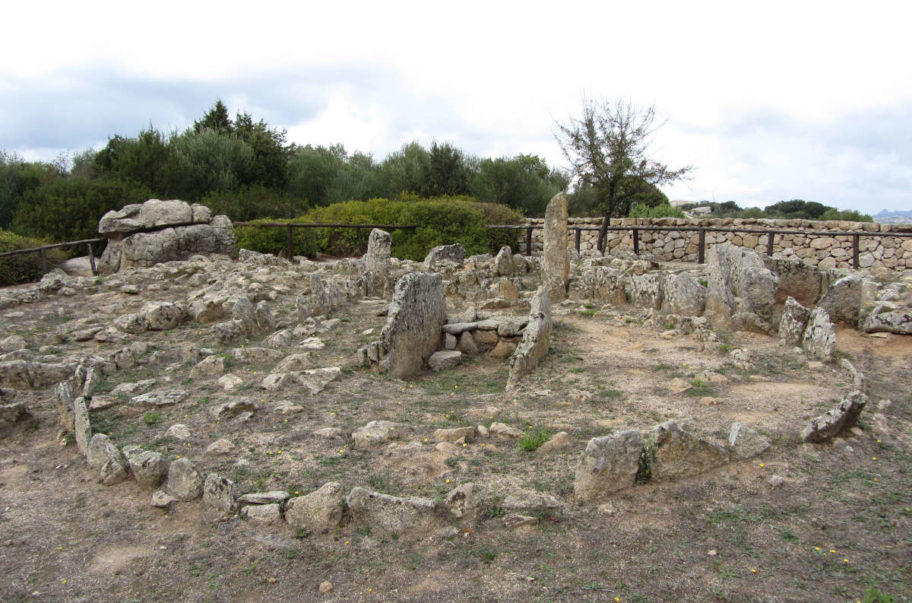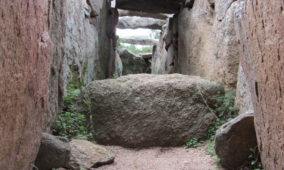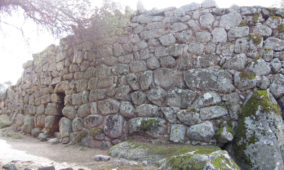Corpo Pagina
The territory of Arzachena has been frequented since prehistoric and protohistoric times, as evident by the numerous archaeological remains.
Li Muri is a very particular necropolis with megalithic circles linked to a specific cultural phenomenon of Gallura area which goes under the name of “culture of Arzachena” or “Gallura funerary circles”. This cultural manifestation was born in the Middle Neolithic and more precisely in the second half of the 5th millennium BC.
The lithic cist burials were composed by a structure made of granite slabs in which one or at most two deceased could be placed. The small burial chamber was surrounded by stones arranged in a circle and covered by a mound. Outside the circle there were a menhir and a stone box containing offerings for the deceased.
As concerns the Nuragic age, among the most important burials, there is the tomb of Li Lolghi, a monument which presents a first phase referable to Bonnanaro culture (Ancient Bronze Age 1800 – 1700 BC), consisting of a dolmen cist, and a second phase, when the cist was incorporated into an apsidal burial chamber with frontal exedra dated to the Middle Bronze Age (1600 – 1500 BC), as a proper giants’ tomb.
Another noteworthy giants’ tomb is that of Coddu Vecchiu (1800-1300 BC) with its majestic curved stele. It is located near the village and nuraghe La Prisgiona, dated between the Middle and Final Bronze Age. Among its most important elements are the well, used for water supply, and the so-called meeting hut.
The Albucciu nuraghe (1300-900 BC) stands close to a granite protrusion which affects its general structure. It is worth mentioning the presence still in situ of some corbels which must have supported the summit terrace. The quantity and quality of the found artefacts also testify the presence of a society that based its economy on pastoralism and agriculture.






